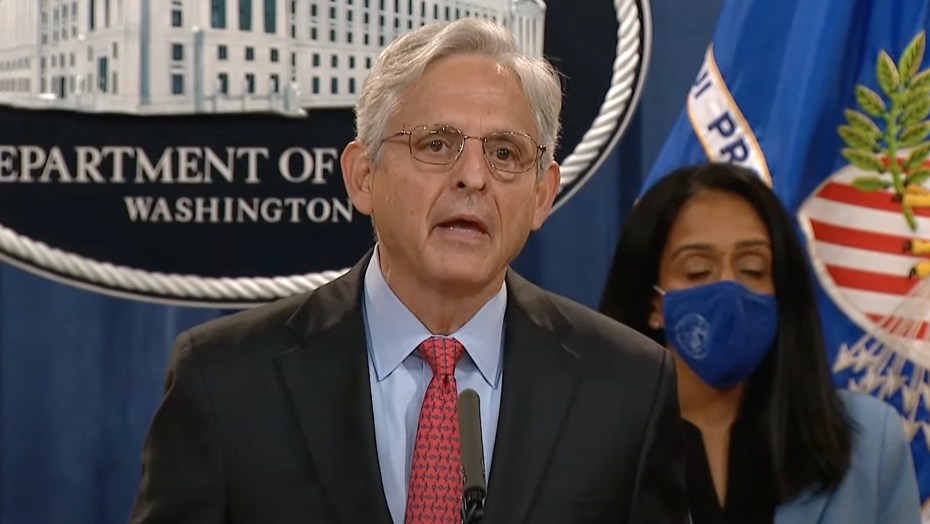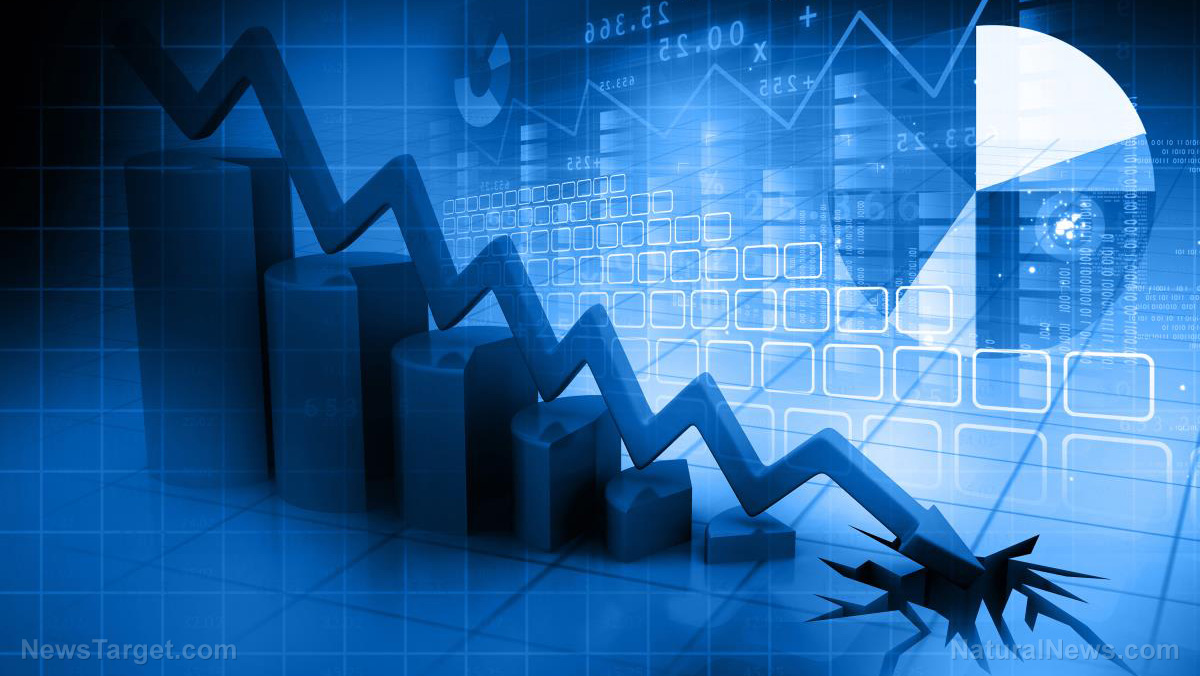
Europeans who think the current mounting (and worsening) energy crisis on the continent is only going to last this coming winter will need to think again, according to a new analysis of the situation.
Writing at OilPrice.com, Tsvetana Paraskova noted that European governments are currently racing against time to stock up on fossil fuel-based energy ahead of winter after ditching Russian oil and natural gas following Moscow's invasion of Ukraine. When then-President Donald Trump lambasted Europe for being too dependent on Russia for its energy, he was mocked and derided, but as usual, Trump was right.
But even as it appears that European countries will manage to scrape by this winter, due to huge shifts in the global oil market those same countries will face a repeat situation next winter and, perhaps, the following winter as well. The United States could ramp up its investment in plentiful oil and gas resources and more than make up the difference in Europe's loss of Russian energy, but the Biden regime is beholden to the lunatic 'climate change' wing of the Democratic Party, so that's out.
This is not a one winter story, let’s just make it very, very clear,” Amrita Sen, founder and director of research at Energy Aspects, told Bloomberg Television in an interview late last week.
Paraskova adds:
The energy crisis is already pushing Germany – Europe’s biggest economy – into a recession, which will deepen as we head into the winter months amid the ongoing natural gas and energy crisis, Bundesbank, the central bank of Germany, said in its monthly report earlier this week. Germany also moved this week to nationalize its biggest gas importer, Uniper, to prevent a collapse of the German energy and gas suppliers. Across Europe, industries are forced to curb or shut down production due to soaring energy prices, and several European industry associations say the European Commission’s proposals to reduce energy prices and help households and businesses through the crisis are not enough to help them survive the winter.
In remarks regarding the current oil market, Sen told Bloomberg that it is very likely going to experience an extremely volatile final quarter of 2022, a year that, thus far, has seen the second-highest volatility since 1990 and the highest since the 2020 global pandemic-related slowdown.
“We are expecting much higher prices into year-end,” she said, adding that her firm's call is for oil prices to rise to around $120 a barrel by the end of December.
A recent Citi Global Wealth letter to investors also noted other market instability, caused in part by fluctuating energy prices.
“Markets are deeply unsettled… A ‘rapid change of weather’ for the economy appears on the horizon… 10% [chance] of Robust [economic conditions], 20% Resilient, and 70% Recession…[The Fed is moving] so fast that the impact of their tactics is not apparent," the note said.
"How much tightening can the economy endure before credit costs rise and credit availability falls dangerously? … [T]he Fed’s medicine will have intended and unintended consequences. Its ability to counter mistakes will diminish over time… The case for a ‘recession’ or ‘stall’ in the economy in 2023 is quite strong and rising," it added.
Meanwhile, in the U.S., gasoline prices have started to rise again in much of the country, climbing 3.2 cents from a week ago, according to new GasBuddy data published on Monday.
The national average for a gallon of gasoline in the U.S. rose to $3.67 on Monday, the data show, while diesel fuel prices continued to fall.
“I don’t know that I’ve ever seen a wider gamut of price behaviors coast to coast in my career,” the head of petroleum analysis at GasBuddy said in a note on Monday. “A slew of unexpected refinery disruptions, including fires and routine maintenance, have seemingly all happened in a short span of time, causing wholesale gas prices to spike in areas of the West Coast, Great Lakes and Plains states – and some of those areas could see prices spike another 25-75 cents per gallon or more until issues are worked out.”
Sources include:
Please contact us for more information.




















